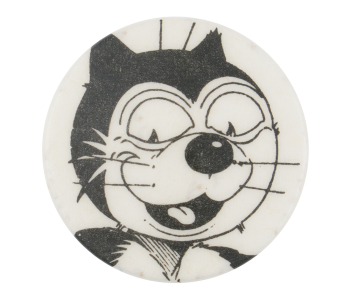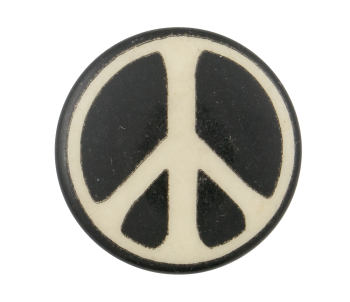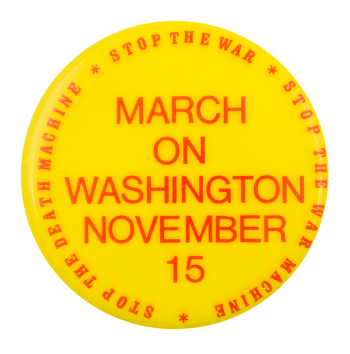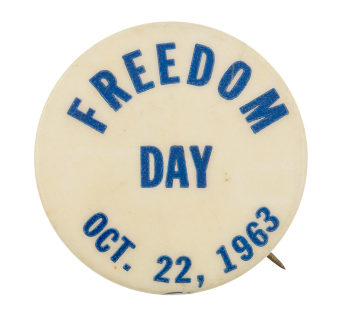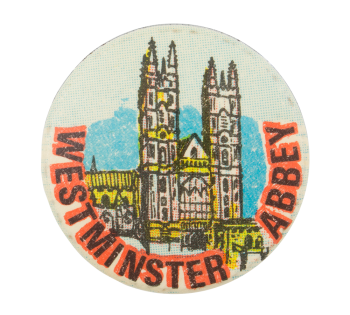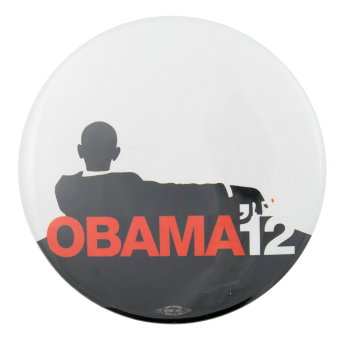Charles Grigg's Korky the Cat
| Category | |
|---|---|
| Additional Images | |
| Sub Categories | |
| Image Description | Illustration of a cartoon cat's head on a white background |
| Back Style | |
| The Shape | |
| The Size | |
| Additional Information | Korky is a black male cat from the Korky the Cat comic strip. The comic follows Korky’s adventures as a cat who behaves like a human with his three nephews Nip, Rip and Lip. The comic was created by James Crighton and first appeared in The Dandy, a British children’s comic in 1937. After several different artists took over Korky the Cat, Korky was retired in 2005. Korky was then relaunched in 2010 with Phil Corbett as his new artist. |
| Catalog ID | EN0497 |

